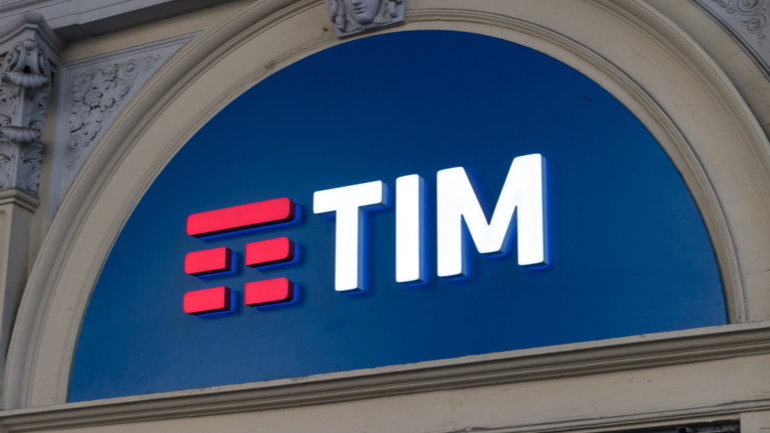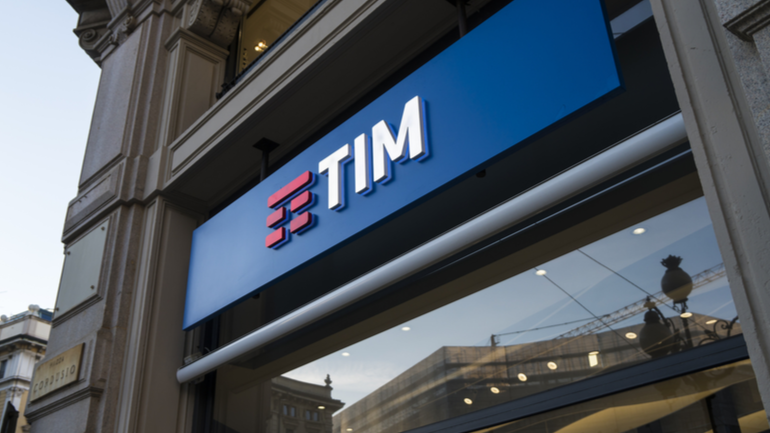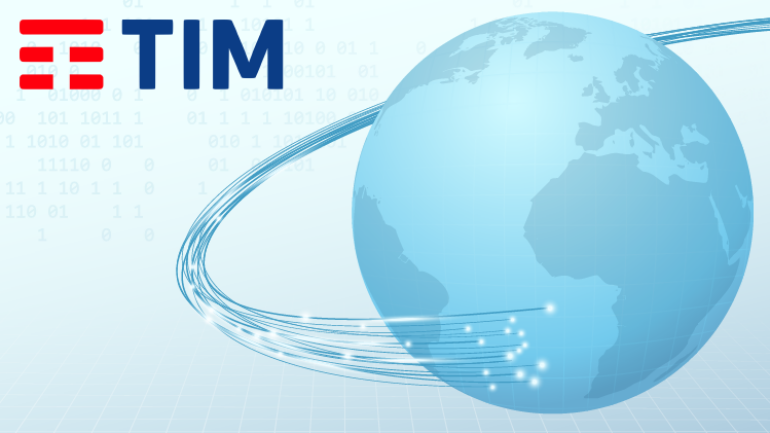Telecom Italia (TIM) said it will begin official discussions with KKR nearly four months after the US investment firm made a non-binding offer of $11.8 billion for the business. TIM said it has invited its CEO and chairman to speak with KKR to learn more about its prospective proposal after an almost six-hour board meeting on Sunday. TIM noted in a statement that its board of directors had directed CEO PietroLabriola and chairman Salvatore Rossi to conduct formal conversations with KKR in addition to those already held by its advisers in order to maximize shareholder value in respect to other potential interested parties. The release went on to say that the goal was to get information on the financial and industrial appeal and execution of KKR’s offer, as well as to define the length and breadth of the applicable confirmatory due diligence sought by the fund prior to a…
The Italian telecoms operator TIM is evaluating the US investment group’s KKR expression of interest in acquiring the full capital stake of the company, a potential 11 billion euro transaction. The proposal was lodged by the US investment fund at a price of €0.505 per share, a 45.7 percent premium over the share’s closing price on Friday. TIM described KKR’s expression of interest as “friendly,” with the goal of securing approval from TIM’s board and management. Telecom Italia said its board of directors met and addressed the fund’s interest in initiating a prospective public tender, which is subject to a four-week period of due diligence and clearance from the Italian government, that has veto power over the group’s purchase. Although TIM is a private corporation, because it is considered a strategic asset for Italy, the Italian government has the right to decline any purchase that it believes would…
Telecom Italia (TIM) has inked a deal with the Italian branch of Xavier Niel’s Iliad to co-invest in TIM’s last-mile grid firm FiberCop in order to accelerate the deployment of fiber broadband lines in Italy. Under the terms of the agreement with TIM, Iliad will co-invest in FiberCop to assist in the development of the network that connects street cabinets to people’s houses. Iliad will receive access to Telecom Italia’s core fiber network, allowing it to provide ultrafast fiber-to-the-home (FTTH) connections to clients. According to TIM, the agreement validated FiberCop’s investment strategy, which aims to link 75 percent of Italy’s so-called grey and black zones, including cities and industrial districts, with FTTH connections at speeds of more than 1 gigabyte per second by 2025. The agreement’s financial terms were not disclosed. According to analysts, the FiberCop agreement might help TIM counter some of the heightened competitive pressure…
The European Commission (EC) has appointed Nokia, a Finnish international telecommunications, information technology and consumer electronics company, to supervise Hexa-X, a primary 6G research project aimed at boosting the continent’s progress in developing the technology. The two-and-a-half-year Hexa-X initiative was funded by Horizon 2020, the EU’s research, and innovation program, and will start on January 1, 2021. The project is aimed at connecting the physical, digital and human worlds, firmly embedded in future wireless technologies. The project is led by Nokia, which coordinates the efforts, with Ericsson being assigned as the technical manager. The partners in the consortium are from academia and industry, including service providers, network providers and European research institutes. The partners include Orange, TIM, Telefonica, Intel and Siemens. The Finnish service provider said in a statement that it expects 6G to become commercially operational by 2030, following a normal ten-year intergenerational cycle and taking…
TIM, Telefonica and Claro take over Brazil’s Oi mobile assets in $3.2 billion bid On Monday, TIM Participacoes, Telefonica Brasil SA and America Movil SAB de CV’s Claro won an auction to acquire the mobile operations of Brazil’s Oi SA with a joint bid of $3.23 billion. According to the announcement, TIM will be taking over 40% of Oi’s customers (around 14.5 million people), more than half of the company’s spectrum allocation (49 MHz), and 49% of its mobile sites (around 7,200 locations). As a result, it paid the largest portion of the bid, around $1.44 billion. For $1.08 billion, Telefonica is gaining 10.5 million customers, 43 MHz of spectrum, and 2,700 mobile sites. Claro’s $710 million gained the company around 11.6 million customers and 4,700 mobile sites, but no spectrum. TIM, Telefonica and Claro have also offered Oi a long-term contract to rent its telecom infrastructure. Read more at…
O2 UK to use OpenRAN to improve indoor connectivity O2 has tested Vilicom’s OpenRAN technology to make it cheaper for businesses to get 4G and 5G indoor coverage. Vilicom, together with cloud network provider Mavenir, offers the virtualized OpenRAN-based connectivity-as-a-Service (CaaS) platform. O2 said it was the first operator to test the platform and said it was doing so well, that they will connect the trial version to their live network next year. O2 is of the opinion that the virtualized platform would lower indoor cellular network costs and space needs, which it said would become very important to UK PLC after the coronavirus. Read more at: https://tinyurl.com/y4aepnko A peek into Microsoft’s edge compute ambitions Judson Althoff, Microsoft’s EVP of Worldwide Commercial Business, unveiled some of the company’s ambitions at a UBS Global TMT virtual conference. According to Althoff, Microsoft is increasingly introducing edge computing capabilities. Some of the uses…
Ribbon announces hybrid slicing for 5G Ribbon Communications, a provider of real time IP-based communications and software solutions, announced that it has partnered with Xilinx Inc. to develop a 5G hybrid slicing solution for next-generation networks. Slicing is important in 5G, as it enables the separate 5G integral service classes. Hard slicing is necessary to meet the strict requirements for availability, bandwidth and security of highly sensitive services, while soft slicing provides benign insulation for services with a lower critical limit value. Ribbon will highlight its 5G solutions, including hybrid slicing, during its 5G Perspectives virtual event on September 14, 2020. Read more at: https://tinyurl.com/y6tm8bqa Oi sells its mobile assets to Claro, Telefónica and TIM Three operators, Claro, Telefónica and TIM, formerly known as Telecom Italia, have won the bid for the Brazilian operator Oi’s mobile assets valued at more than $3 billion. In the past, these operators had a…
TIM, also operating under the name Telecom Italia, is the largest Italian telecommunications services provider, offering telephony and mobile services as well as DSL data connectivity. The company has made every effort to maximize coverage in its fibre-optic rollout, bringing ultrabroadband to underserved areas and covering more than 2,000 districts in about 5 months. This increase in infrastructure is a key advancement in Italy’s growing need for connectivity in rural and sparsely populated areas across the country. As a result of this deployment, approximately 65% of households in these areas now have access to a high-speed connection, and in a short period, this initiative has taken an important step in bridging the digital divide in the country that TIM aims to fill by 2021. The fibre network currently covers 86% of the Italian population and it TIM aims to increase this figure to 90% by December, 2020. Although…











